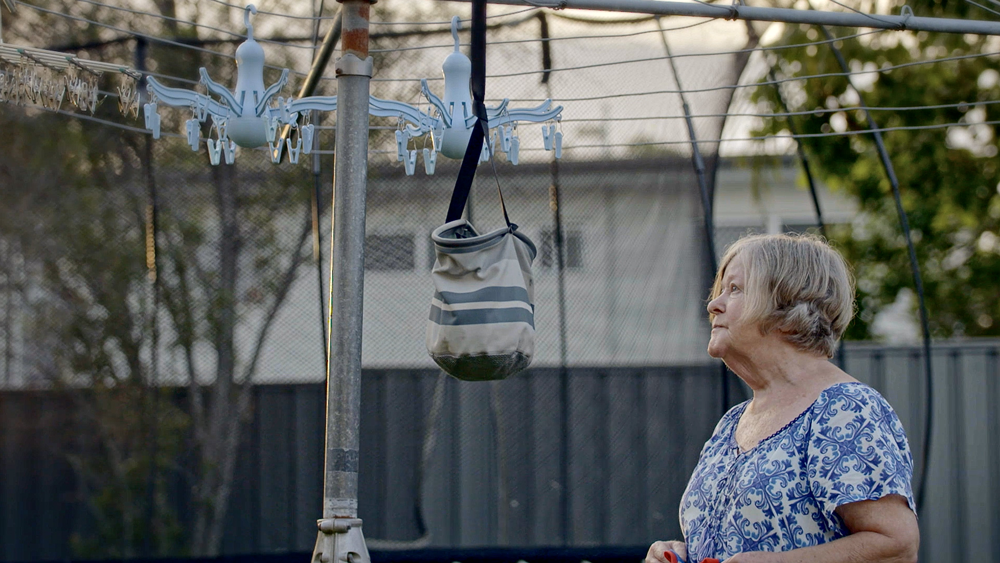- Patient stories
- Sue’s Story
Sue’s Story
Sue’s story is one of extraordinary resilience. It spans the recent history of XLH from the days when it was referred to as Vitamin D-resistant rickets through to the present when there is hope that her granddaughter, also affected by XLH, will live life as if there wasn’t anything wrong at all.
- Bone deformity
- Orthopaedic surgery at an early age
- Supportive mother and grandparents
- Daughter, son and granddaughter affected by XLH
- A beacon of hope and strength

Sue’s first symptoms of X-linked hypophosphataemia (XLH) started at an early age with bowing of her legs. Attempts were made to straighten them by manipulation and plastering, which in Sue’s words “achieved very little”. She was subsequently diagnosed with “vitamin D-resistant rickets” * and started on vitamin D2, which was considered the best available treatment at the time.
At about age 10, Sue underwent a procedure known as an osteotomy, which involved surgically breaking the tibia and fibula bones of both legs to try to straighten them. Unfortunately, the osteotomy wasn’t successful and Sue’s legs re-bowed. Sue reflects: “so although I still think I had the best treatment available at the time, it’s certainly not the best treatment now. The osteotomy was an attempt to cosmetically change the appearance of the lower part of the leg. It didn’t do anything to correct the bowing in the femur.”
During Sue’s early primary school years she experienced multiple dental abscesses, which ultimately resulted in all her teeth having to be removed. Unfortunately, Sue’s hardships weren’t just physical. She remembers other children calling her ‘bandy legs’, having snow rubbed in her face, and having to call out “wait for me, wait for me” because fatigue made it difficult for her to keep up with other children while walking up a hill to school. Despite everything Sue’s remarkable resilience and strength developed with the support she received from her mother and grandparents.
As she moved into adulthood, Sue recalled that “during what you would call a woman’s reproductive years I was fairly symptom free. I mean, the deformity was obvious, but I don’t recall getting any great aches or pains”. However, this changed during her post-menopausal years, when her XLH progressed and resulted in a stress fracture, joint pain associated with osteoarthritis, and hearing loss. She’s also endured frequent muscle pain and agonising muscle cramps.
The increasing progression of Sue’s XLH symptoms is making it more difficult for her to cope with some of the basic activities of daily living, such as vacuuming, and leads to her concern that she might eventually require a premature move into an aged care facility.
Sue’s experience and understanding of XLH has increased markedly over the years. Her son Royce, daughter Angie, and granddaughter Georgia are all affected by XLH. Since the days when it was known as Vitamin D-resistant rickets she has seen significant improvements in diagnosis and management.
The ability to diagnose earlier has particularly benefited her son Royce whose treatment started “virtually at birth”. Sue feels that her daughter Angie, whose treatment commenced at around 18 months of age, had a more challenging treatment journey. Even with the existing available treatments at the time, Angie still developed a ‘wind swept deformity’ of her legs in addition to experiencing complications with one of the prescribed vitamin D treatments which led to hearing and visual loss.
Regardless of all the challenges XLH has thrown at her, Sue remains remarkably positive, maintaining that through everything she has been fortunate. Her wish is that new treatments will allow younger XLH sufferers like her children and grandchild to live lives free from some of the difficulties she has endured as she has aged.
Disclaimer: This article was written by a medical writer based on an unpaid interview with Sue about her experience as a patient with XLH. * All comments in inverted commas are verbatim quotes from Sue.
AP-NP-22-00003 AUG2022

Kyowa Kirin Australia
Level 7, 68 York St
SYDNEY NSW 2000
www.kyowakirin.com/australia/
enquiry.kkau@kyowakirin.com



